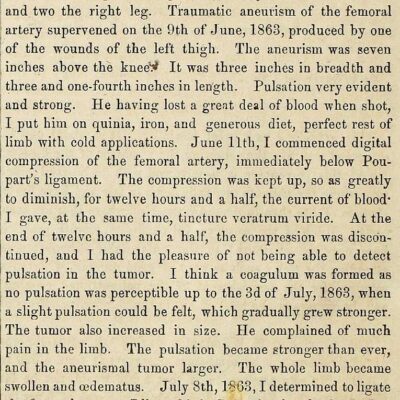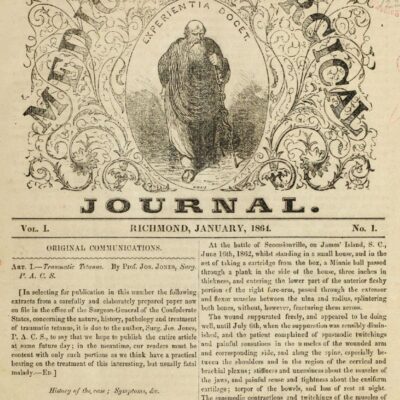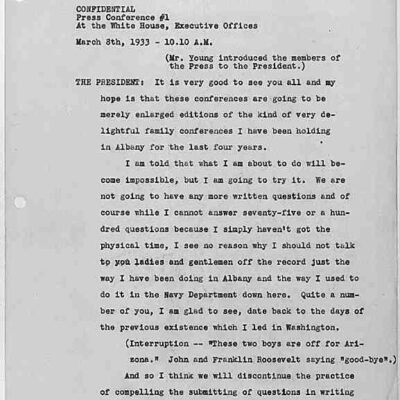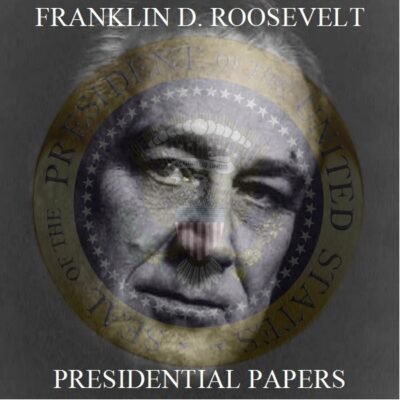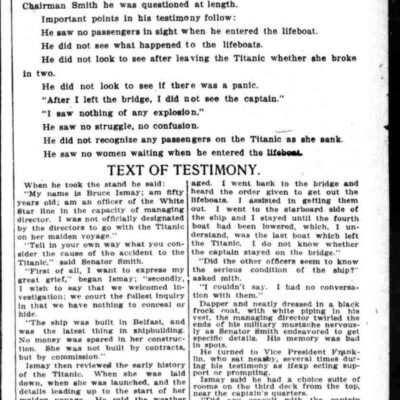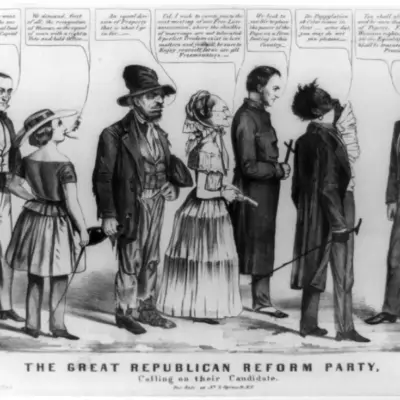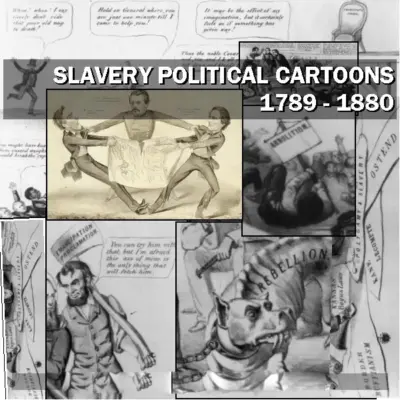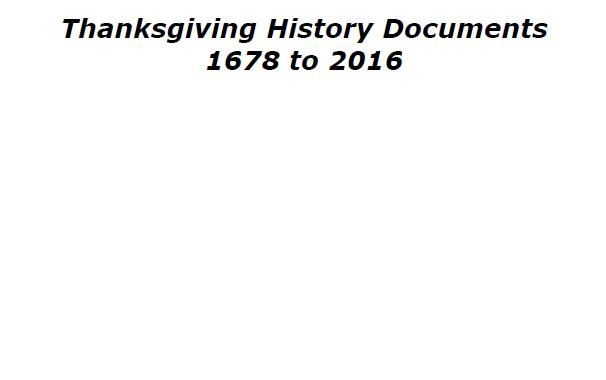
Description
The Evolution of Thanksgiving: A Historical Timeline
- March 20, 1779: The Continental Congress issues a Fasting and Thanksgiving Proclamation.
- October 3, 1789: President George Washington issues a proclamation, marking Thursday, November 26, 1789, as an official day of “sincere and humble thanks.” This is the first Thanksgiving celebrated under the new U.S. Constitution.
- Prior to October 3, 1863: Magazine editor Sarah Hale campaigns for seventeen years to establish Thanksgiving Day as a national holiday, writing to President Abraham Lincoln and including editorials from her Lady’s Book magazine. She argues that a “national feeling of Thanksgiving” would benefit the country during the Civil War.
- October 3, 1863: President Abraham Lincoln declares Thanksgiving a nationwide holiday, to be commemorated each year on the fourth Thursday of November. He issues a Presidential Proclamation enumerating national blessings and calling for the “last Thursday of November next, as a day of Thanksgiving and Praise.”
- Early Presidency of Franklin D. Roosevelt (Pre-1939): Thanksgiving is not a fixed holiday; its date is determined by a Presidential Proclamation each year. Tradition dictates it be celebrated on the last Thursday of November, a tradition set by Lincoln in 1863.
- Unspecified Year (Pre-1939, during Roosevelt’s presidency): Roosevelt’s first Thanksgiving in office falls on November 30th (due to five Thursdays in November). Business leaders express concern over only 20 shopping days until Christmas and request the holiday be moved up to the 23rd, but Roosevelt chooses to keep it on the last Thursday.
- 1939: With the country still recovering from the Great Depression, Thanksgiving is again set to fall on the last day of November. This time, President Franklin D. Roosevelt moves the holiday up a week to November 23rd to lengthen the Christmas shopping season and boost the economy. This decision proves controversial and sparks a national debate.
- 1941: In response to the controversy surrounding Roosevelt’s date change, Congress passes a joint house resolution. President Roosevelt approves this resolution, establishing the fourth Thursday in November as the official Thanksgiving Day. This reverses the 1939 change.
Cast of Characters
- George Washington: The first President of the United States. He issued the proclamation on October 3, 1789, establishing the first Thanksgiving celebrated under the U.S. Constitution on November 26, 1789.
- Sarah Hale: A magazine editor who tirelessly campaigned for seventeen years to establish Thanksgiving Day as a national holiday. She wrote to President Abraham Lincoln, advocating for a national Thanksgiving as a way to foster national unity during the Civil War.
- Abraham Lincoln: The 16th President of the United States. On October 3, 1863, amidst the Civil War, he officially proclaimed Thanksgiving a nationwide holiday to be observed annually on the fourth Thursday of November.
- Franklin D. Roosevelt: The 32nd President of the United States. During his presidency, he initially moved Thanksgiving from the last Thursday to the third Thursday of November in 1939 to stimulate the economy during the Great Depression. This decision was controversial, and he later approved a Congressional resolution in 1941 that fixed the holiday on the fourth Thursday of November.
Thanksgiving History Documents 1678 to 2016
A collection of documents, newspaper articles, political cartoons, and photographs chronicling the American holiday, Thanksgiving Day.
On October 3, 1789, President George Washington issued a proclamation marking Thursday, November 26, 1789, as an official holiday of “sincere and humble thanks.” The nation then celebrated its first Thanksgiving under its new Constitution.
Magazine editor Sarah Hale wrote to President Abraham Lincoln encouraging him to proclaim a national Thanksgiving Day. This was part of Hale’s seventeen-year campaign to establish Thanksgiving Day as a national holiday. Hale included an editorial she wrote for her Lady’s Book magazine and explained that a “national feeling of Thanksgiving” would benefit the country in the midst of the Civil War.
On October 3, 1863, President Lincoln made the traditional Thanksgiving celebration a nationwide holiday to be commemorated each year on the fourth Thursday of November. In the midst of a bloody Civil War, President Lincoln issued a Presidential Proclamation in which he enumerated the blessings of the American people and called upon his countrymen to “set apart and observe the last Thursday of November next, as a day of Thanksgiving and Praise.”
In 1939, President Franklin D. Roosevelt moved the holiday to the third Thursday of November to lengthen the Christmas shopping season and boost the economy, which was still recovering from the Depression.
At the beginning of Franklin Roosevelt’s presidency, Thanksgiving was not a fixed holiday; it was up to the President to issue a Thanksgiving Proclamation to announce what date the holiday would fall on. President Abraham Lincoln had declared Thanksgiving a national holiday on the last Thursday in November in 1863 and tradition dictated that it be celebrated on the last Thursday of that month. But this tradition was difficult to continue during the challenging times of the Great Depression as statistics showed that most people waited until after Thanksgiving to begin their holiday shopping.
Roosevelt’s first Thanksgiving in office fell on November 30, the last day of the month, because November had five Thursdays that year. This meant that there were only about 20 shopping days until Christmas; business leaders feared they would lose the much needed revenue an extra week of shopping would afford them. They asked President Roosevelt to move the holiday up from the 30th to the 23rd; however he choose to keep the Thanksgiving Holiday on the last Thursday of the month as it had been for nearly three quarters of a century.
In 1939, with the country still reeling from the effects of the Great Depression, Thanksgiving once again threatened to fall on the last day of November. This time the President did move Thanksgiving up a week to the 23rd. Changing the date seemed harmless enough but it proved to be quite controversial.This move, which set off a national debate, was reversed in 1941 when Congress passed and President Roosevelt approved a joint house resolution establishing the fourth Thursday in November as Thanksgiving Day.
Highlights in this document packet includes:
Proclamations by the Continental Congress, George Washington and Abraham Lincoln
Sarah J. Hale writings attempting to establish Thanksgiving Day as a national holiday
Newspaper articles and political cartoons documenting the zeitgeist toward Thanksgiving Day throughout the years
Letters written to President Franklin Roosevelt concerning the controversy surrounding changing the date of Thanksgiving
Photographs of Presidents from Truman to Obama engaged in traditional White House Thanksgiving activities
Continental Congress Fasting and Thanksgiving Proclamation, March 20, 1779
